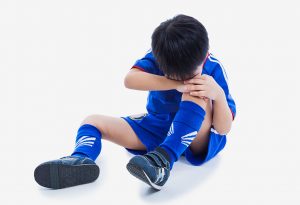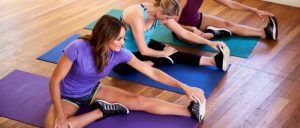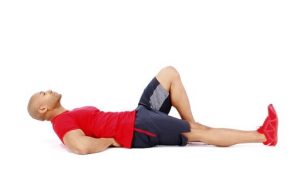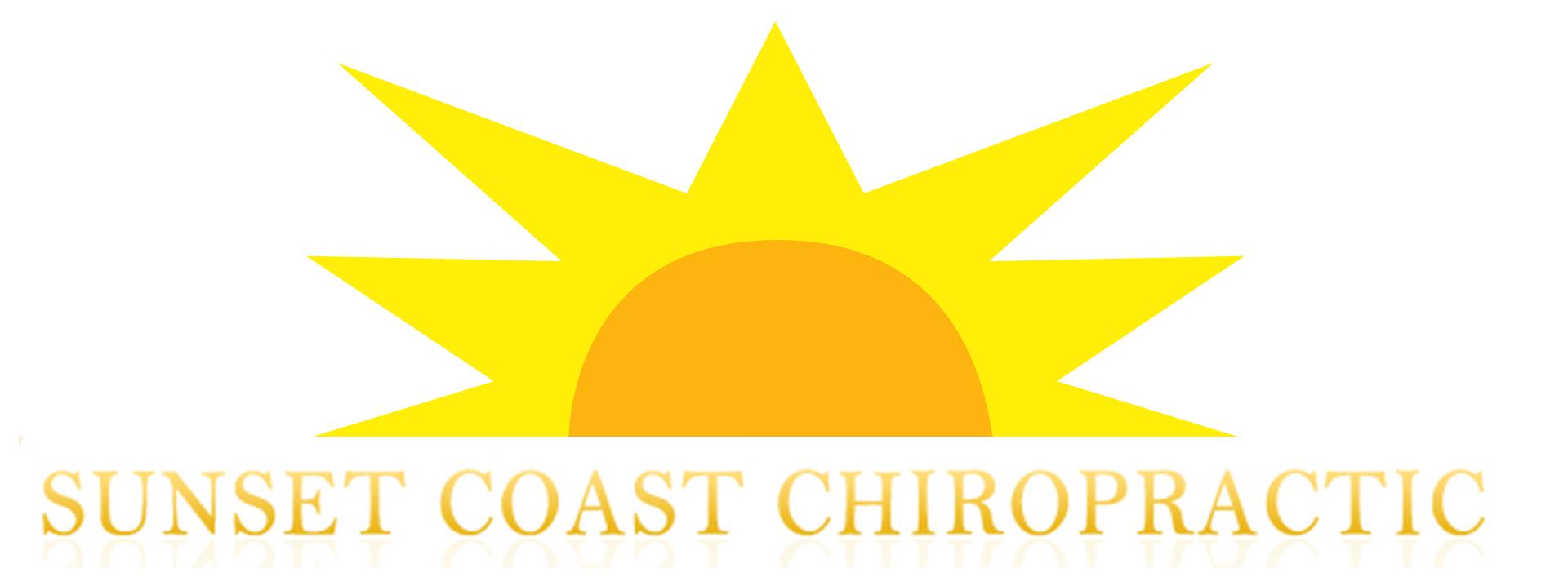Adults are not the only ones who experience aches and pains in their joints. As many as 10-20% of children complain of vague recurrent leg pain especially at night. This pain is usually located deep in the leg mostly in the thigh, knee or calf. These symptoms are commonly dismissed as ‘growing pains‘. This may not be the case and some easily treatable problems may go ignored. While it seems reasonable to accept that the pain is due to growth, why does this condition occur only in the legs, and not other parts of the body that grow, such as the arms, fingers and nose?

Growing pains occur during the very active years of adolescence. Jolts, twists and stresses of energetic play can result in subluxations (misalignments) in the spine, which affect the nerves controlling the legs, knees, pelvis and hips. Many these nerve problems can manifest themselves in leg pain.
If your child has been diagnosed with growing pains, it is recommended that they visit a Chiropractor. A physical assessment can ensure that any leg and back pains are not the result of underlying spinal misalignments.
If spinal misalignments are left untreated this can lead to premature degeneration, bad posture abnormal gait (walking), painful movement and permanent spinal distortion. Children tend to experience more incidents of back pain than older generations although not as many children undergo treatment for these complaints. Around 84% of back complaints in children extend into adulthood and become a chronic problem.
Chiropractors can recommend appropriate stretching and strengthening exercises to reduce overall muscle tension. This will allow children to perform in regular childhood activities free of pain and tension.
Chiropractic is a safe and natural way to ease the pain and discomfort associated with growing pains.
Towards Wellness: Low Impact Activities:
Low-impact exercise tends to be less jarring on the body and joints, and less intense overall. According to the American Council on Exercise, keeping at least one foot on the ground at all times also reduces your risk of musculoskeletal injury. Low-impact exercises are great for beginners, people with arthritis or osteoporosis, older adults, individuals who are obese, pregnant women, and people with bone, joint, or connective tissue injuries.

S-T-R-E-T-C-H of the Month: Modified Curl-up
- Lie on your back with one knee bent and the other straight.
- Place your hands under the arch of the low back
- Start by bracing your abdomen by bearing down through your stomach
- Lift your shoulder blades off the ground about 30° while keeping your neck and spine in line.
- Complete 3 sets of 10 to 12 curl-ups.
- Switch legs and repeat.

